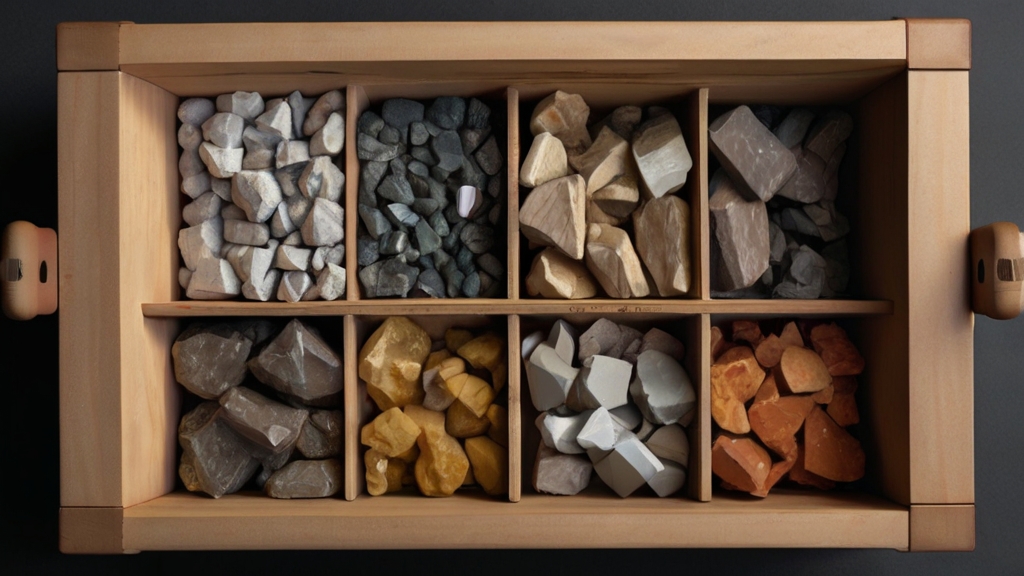
The common element to all science projects is the scientific method, which is composed of five steps: the research question, the hypothesis, the procedure, your results, and a conclusion. Whether you are examining rocks, studying animals or the behavior of people, these five steps provide the framework for your interrogation of reality and how you report your results. When conducting experiments, always focus on safety.
Meteorites
The sun, Earth and seven other planets circling the sun all formed from the same cloud of gas and dust more than 4.5 billion years ago. Some of Earth’s building blocks still exist as a belt of rocks we call asteroids, circling the sun between the orbits of Mars and Jupiter. These rocks vary in density, mass, composition and cohesion. Occasionally their orbits are perturbed so they end up intersecting with Earth and fall in as meteorites. Students can investigate the various crushing strengths of different meteor types and their ability to survive re-entry into the Earth’s atmosphere. Variables include size, entry speed, meteor composition and atmospheric pressure.
Rock Hardness
Students can collect an assortment of five rocks (color, texture, weight, composition, origin) near them. Students can develop a hypothesis as to which rocks are hardest, and order them thus, from softest to hardest. Test rocks using the Mohs scale to determine whether the hypothesis is correct.
Rock Strength
Using the same rock types that were tested for hardness, test for unconfined compressive strength. Students should test them at different angles — some rocks are strong in one direction and weaker in others. This test can be done with a bench vise on weaker rocks, but safety goggles are essential. The rocks should be ordered by the hypothesis of comparative strengths and compared with the final results.
Rock Magnetism
Some rocks, particularly iron oxides, contain magnetized minerals. Students can investigate a collection of local rocks and assess the intensity of the magnetism. They can vary depending on mineral content, exposure to magnetic fields, exposure to heat and location. Additional properties to investigate could include magnetic alignment and the type of remanent magnetization — chemical, depositional or isothermal.